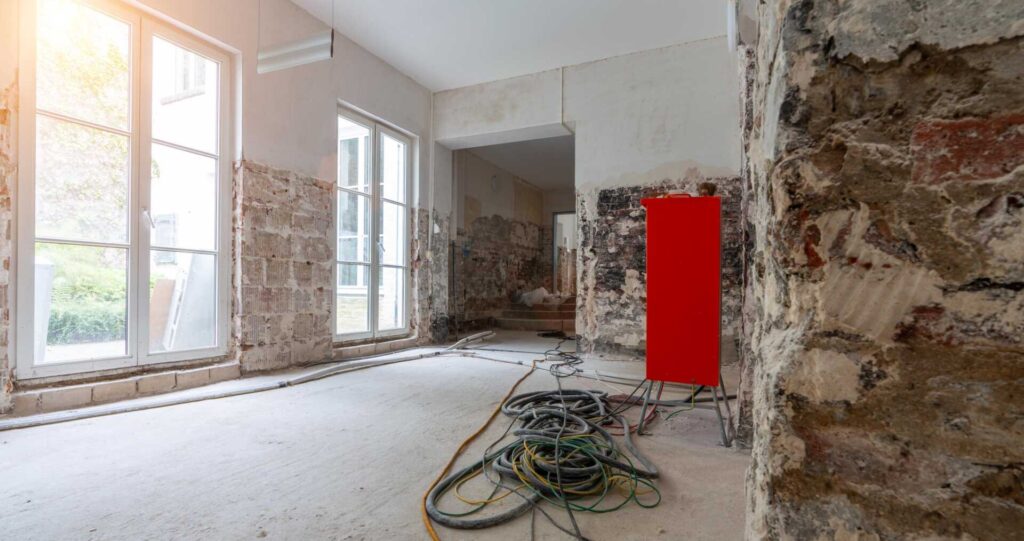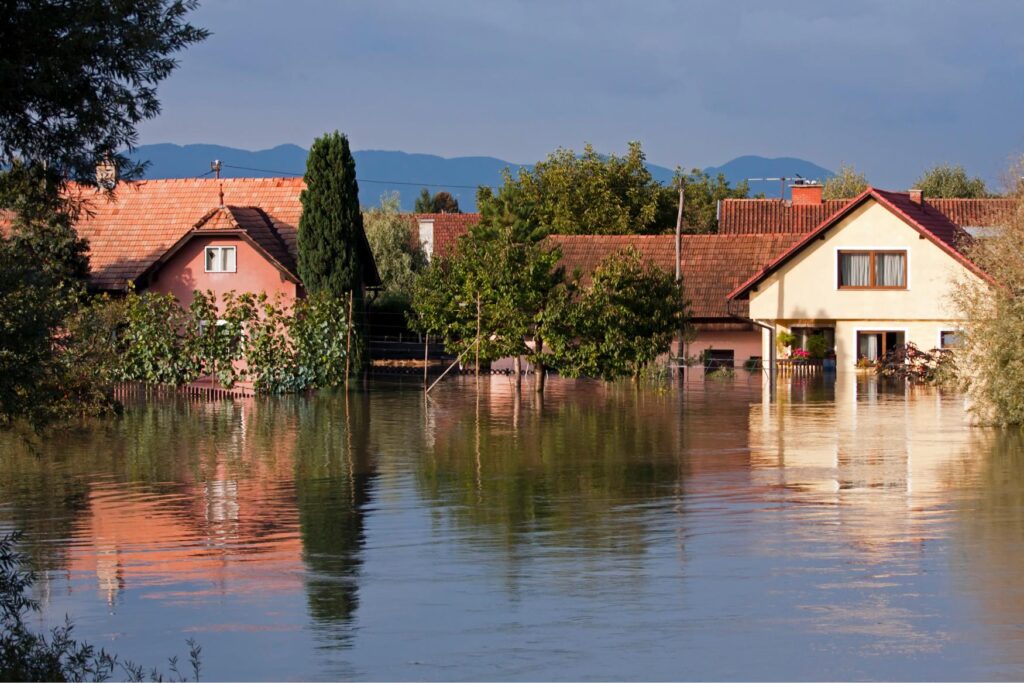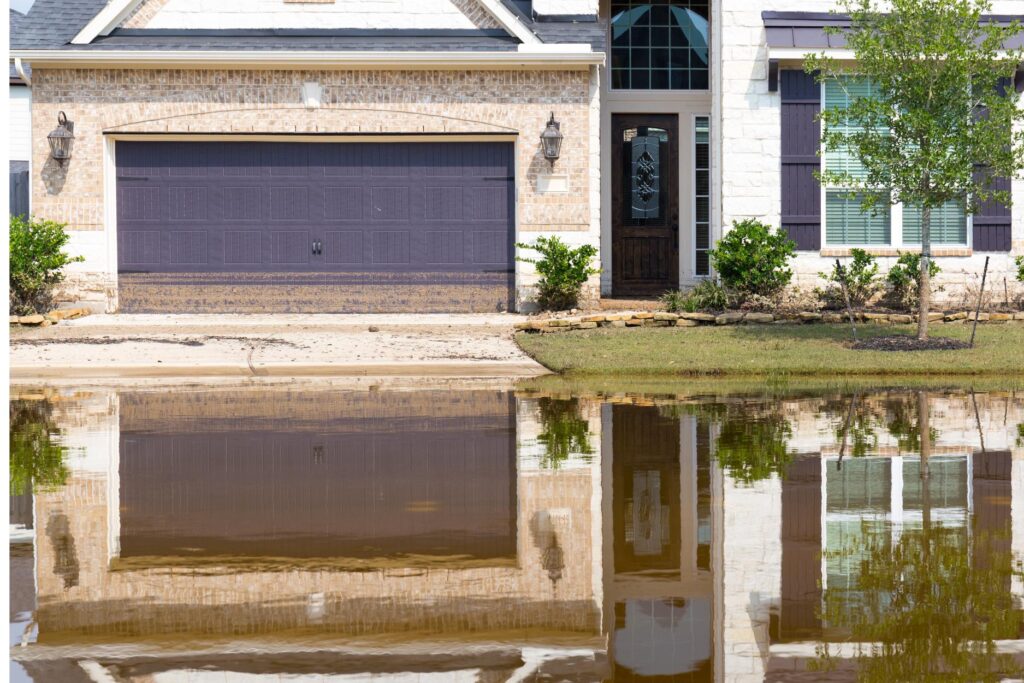Contents
When facing the challenges of specialized mold remediation at home, it’s crucial to understand the intricate details that can significantly impact the outcome. From comprehending the distinct characteristics of different mold species to employing advanced techniques for containment and removal, the journey to effective mold remediation is multifaceted. By exploring the expert tips provided in this discussion, you’ll gain valuable insights into managing the complexities of specialized mold remediation, ensuring a comprehensive and successful remediation process in your living environment.
Understanding Mold in Residential Spaces
When dealing with mold in residential spaces, it’s essential to have a thorough understanding of its nature and potential impact on your home. Mold is a type of fungus that thrives in damp, humid environments. It reproduces by releasing spores into the air, which can then settle and grow on various surfaces within your home. Mold poses a risk to the structural integrity of your house and can also have serious health implications for you and your family.
Mold comes in various colors, including green, black, or even orange. It often has a musty odor, which can help you identify its presence in hidden areas. Common places for mold growth in homes include bathrooms, basements, attics, and areas affected by water leaks or flooding. It can appear on walls, ceilings, floors, and even on furniture or clothing.
In order to prevent mold from spreading throughout your home, it’s vital to address any moisture issues promptly. Keep your home well-ventilated, fix leaky pipes or roofs, and promptly clean up any spills or water damage. Regularly inspect areas prone to mold growth and take action at the first sign of mold.
Identifying Key Mold Remediation Tools
To effectively address mold issues in residential spaces, it’s important to have access to specialized mold remediation tools designed specifically for this purpose. Identifying the key tools needed for mold remediation can help you tackle the problem efficiently and effectively.
One essential tool is a high-efficiency particulate air (HEPA) vacuum, which is designed to capture tiny mold spores that regular vacuums might miss. This tool helps in the initial cleanup process by removing visible mold growth and spores from surfaces.
Next, an air scrubber is necessary for improving air quality during remediation. Air scrubbers work by filtering the air and removing airborne mold spores, dust, and other particles. This helps prevent the spread of mold to other areas of the home.
Additionally, a moisture meter is crucial for detecting hidden moisture sources that may contribute to mold growth. Identifying and addressing these moisture issues can effectively prevent mold from returning after remediation.
Lastly, personal protective equipment (PPE) such as gloves, goggles, and respirators are vital for staying safe during the remediation process. These tools provide protection against mold spores and harmful chemicals that may be present during cleanup.
Implementing Proper Mold Removal Techniques
Moving from identifying primary mold remediation tools to implementing proper mold elimination techniques involves a strategic approach that focuses on thorough remediation and prevention. When it comes to eradicating mold from your home, following specific steps is vital to achieve effective remediation.
Start by wearing protective gear, including gloves, goggles, and a mask, to protect yourself from mold spores. Seal off the impacted area to prevent the spread of mold to other sections of your home. Prior to commencing the removal process, moisten the moldy surfaces to reduce the release of spores into the air.
Then, scrub the mold off solid surfaces using a mixture of detergent and water. For absorbent materials like drywall or fabric, it’s often optimal to dispose of and replace them to ensure thorough elimination of the mold. Remember to dry the cleaned areas thoroughly to prevent mold resurgence.
Once the mold is eliminated, a HEPA vacuum clears any remaining spores. Properly disposing of all mold-contaminated materials is crucial to prevent recontamination. Lastly, consider applying mold inhibitors to deter future mold growth in your home.
Preventing Future Mold Growth
To prevent mold growth in your home, addressing any underlying issues contributing to mold development is crucial. Identifying and fixing these issues will help create an environment less conducive to mold growth. Here are some key steps you can take to prevent mold from reoccurring:
| Prevention Steps | Description |
|---|---|
| Fix Leaks | Repair any leaks in plumbing, roofs, or windows promptly to prevent moisture buildup. |
| Proper Ventilation | Ensure good airflow in your home by using exhaust fans, opening windows, and using dehumidifiers if necessary. |
| Monitor Humidity Levels | Keep indoor humidity levels below 60% to discourage mold growth. Use a hygrometer to measure humidity levels. |
| Regular Inspections | Conduct routine checks in areas prone to mold, such as basements, attics, and bathrooms, to catch issues early. |
Seeking Professional Help When Necessary
When facing a mold issue that exceeds your ability to handle it independently, seeking professional help becomes necessary. Mold can be tricky to fully eradicate, especially in cases of extensive growth or hidden infestations. Here are three key reasons why turning to experts for specialized mold remediation is vital:
Expertise: Professional mold remediation specialists possess the knowledge and experience to accurately assess the extent of the mold problem in your home. They can identify hidden mold growth, pinpoint moisture sources, and create a detailed remediation plan customized to your specific situation.
Safety: Mold remediation often involves working with potentially harmful substances and using specialized equipment. Professionals are trained in proper safety protocols to protect themselves and their households from exposure to mold spores and mycotoxins, ensuring a secure and effective remediation process.
Thoroughness: DIY mold removal methods may only address surface mold, leaving hidden spores untouched. Professionals have the tools and techniques to thoroughly remove mold colonies, clean contaminated areas, and prevent future mold growth, providing a lasting solution to your mold problem.
Summary
By comprehending mold in your living areas, recognizing essential remediation tools, applying correct removal methods, averting future growth, and seeking expert assistance when needed, you can effectively handle mold problems in your residence. Keep in mind, mold remediation is a meticulous procedure that demands systematic approach and proficiency. Adhering to these expert suggestions ensures a secure and mold-free living space for you and your loved ones. Stay vigilant and knowledgeable to keep mold away.




